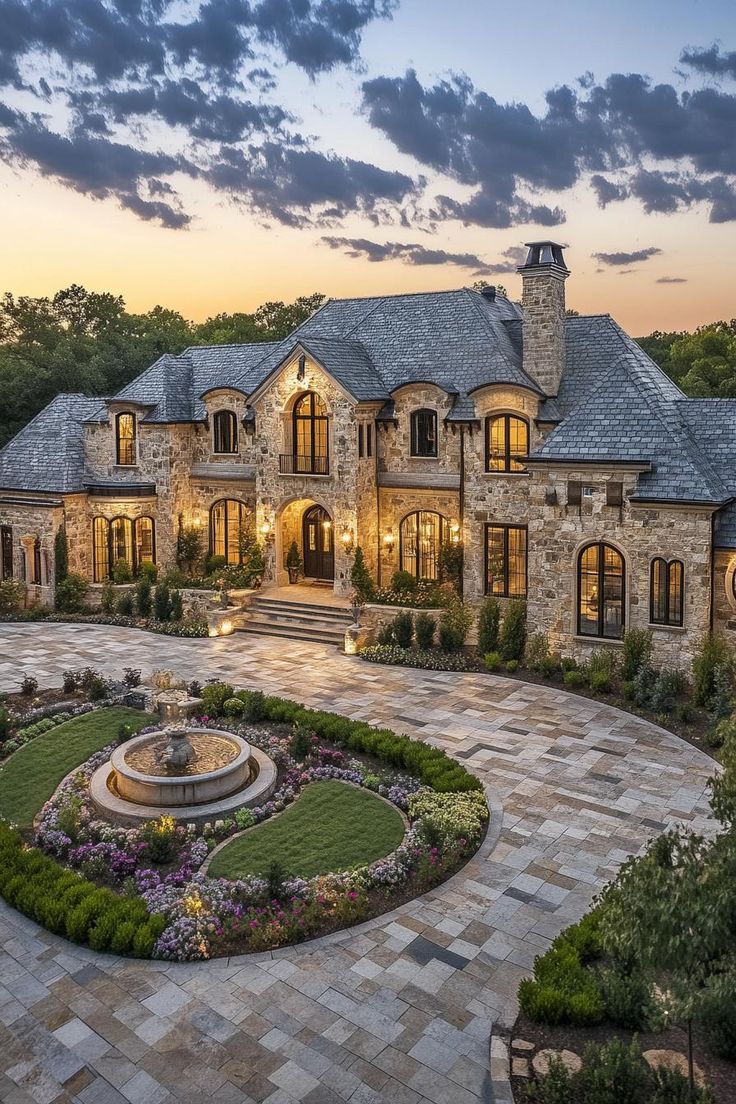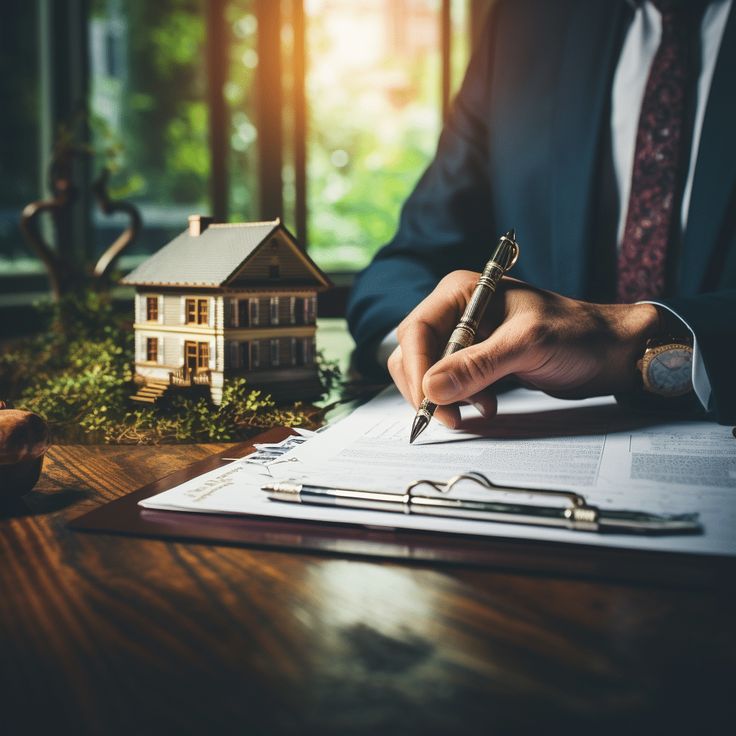If you’ve ever binge-watched a home renovation show and thought, “I could do that,” you’re not alone!
Fixing and flipping houses has become a golden ticket in real estate USA for many savvy investors across the horizon.
With the right strategy and a bit of elbow grease, you could learn how to fix and flip the right way and make serious money flipping homes.
But here’s the thing—it’s not as easy as it looks. Success in this game depends on knowing how to play your cards right.
So, let’s break down five killer ways to fix and flip properties for big bucks, minus the reality TV drama.
1. Buy the Right Property: Location is King
Rule number one: In real estate fix and flip, the money isn’t made when you sell the house—it’s made when you buy it. Sounds counterintuitive?
Here’s why: If you overpay for a property, no amount of granite countertops or trendy tile will make up for it.
To fix and flip houses, it’s a no-brainer recommendation to find a property that’s priced well below market value (because it needs some TLC) in a solid or up-and-coming neighborhood.
Pro Tip: Look for the worst house in a great neighborhood. (Start here: fix and flip homes for sale)
The “diamond in the rough.” Maybe it has outdated carpets, old wallpaper, and a funky smell from years of neglect, but it’s in a school district where homes fly off the market in days.
That’s your golden ticket in fix and flip.

2. Budget Wisely: The Hidden Costs Will Get You
Flipping a house isn’t just about a quick paint job and reselling for double the price. You need to factor in ALL the costs.
We’re talking the purchase price, closing costs, renovation expenses, holding costs (like utilities, insurance, and property taxes while you own it).
And finally, the selling costs (think realtor fees and closing costs again).
It’s easy to underestimate these, and the rookie mistake is running out of money halfway through a flip.
Let’s say you buy a house for $200,000, thinking a $30,000 renovation budget will cover everything. But then, boom—during demo, you find mold in the walls. Now you’re looking at a $15,000 remediation you didn’t budget for.
Suddenly, that healthy profit margin is looking a little thin.
Pro Tip: Add at least 10-20% extra to your renovation budget for unexpected surprises. If you don’t use it, great—it’s extra cash in your pocket!
P.S. First time fix and flip loans might help!
3. Know What Sells: Fix What Matters Most
Not all renovations are created equal. It’s tempting to want to put your personal stamp on a fix and flip, but remember, you’re not the one living there.
So, skip the over-the-top custom touches (unless you’re in a super-luxe market) and focus on the improvements that will actually increase the home’s value and appeal to most fix and flip buyers!
Focus on these key areas:
- Kitchens: Buyers want modern, functional kitchens. Think stainless steel appliances, nice cabinets, and solid countertops (granite or quartz).
- Bathrooms: A dated bathroom is a major turn-off. Fresh tile, new fixtures, and a double vanity go a long way.
- Curb Appeal: First impressions count. A fresh coat of paint, new landscaping, or even just a power wash can make the difference between a “wow” and a “meh” when potential buyers drive up.
Pro Tip: Don’t over-renovate. A $100,000 kitchen in a $300,000 neighborhood doesn’t make sense. Research what buyers expect for the area, and upgrade to that level—no more, no less.

4. Speed is Your Friend: Time is Money
The faster you fix and flip in USA real estate, the more you pocket. Every day that you hold onto that property is costing you in insurance, utilities, and taxes.
Plus, the market can shift, interest rates might rise, or other factors can change the playing field.
Example: Let’s say you bought a fix and flip house, and your contractor promised a six-week renovation. But it drags out to three months due to delays.
That extra time can eat into your profits big time. Now your $20,000 profit has been reduced to $10,000 because of holding costs, unexpected contractor fees, and the slow market.
Pro Tip: Have a solid plan in place before you even close on the house. Line up your contractors, get your permits, and have your renovation schedule ready to go.
Stay on top of things when you fix and flip homes, and make sure you’re getting weekly progress updates.
5. Sell Smart: Stage, Price Right, and Don’t Get Greedy
When it’s time to sell, you want to attract as many potential buyers as possible. That means pricing it right and making your fix and flip home irresistible.
Even if you’ve done an amazing renovation, if you price too high, your house will sit on the market, and buyers will assume something’s wrong with it.
Consider this: You finish the renovation, and you’re proud of your work. The house looks great, and you’re thinking, “I could push for a little more than the comps, right?” Wrong.
Price it just below market value to generate a buzz. Multiple offers can drive up the final sale price, and you’ll sell quickly.
Pro Tip: Stage the home! An empty house doesn’t show well.
Buyers have a hard time picturing themselves in a vacant space.
A little bit of furniture, some cozy touches, and neutral decor can make the home feel inviting. You want the fix and flip buyers to walk in and think, “I could live here.”

Final Thoughts: Flip with Caution, But Don’t Be Afraid to Dive In
Fixing and flipping houses can be an exciting (and profitable) real estate strategy to dive into commercial real estate USA, but it’s not without risks.
The key is to go in with a solid plan: buy smart, budget carefully, renovate for what sells, keep your timeline tight, and price to move. If you can nail all five of these steps, you could be walking away with big bucks.
And remember—don’t get too emotionally attached.
This is a business, not a passion project. At the end of the day, the goal is to fix and flip property for profit, not perfection.
Happy flipping!






